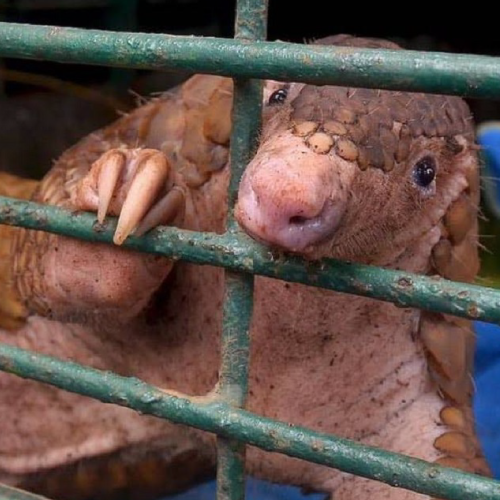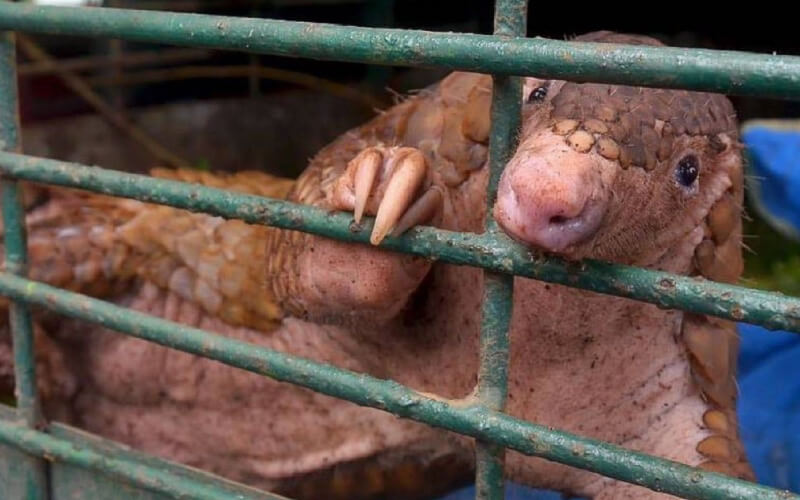Why? Because exotic wildlife, like pangolins and bats, can act as transmission vectors to people – three out of four emerging infectious diseases come from animals – and we have even seen that tigers are capable of contracting COVID-19. In fact, current research suggests that the horseshoe bat and Malayan pangolin are the transmitters of COVID-19. Both species are endemic to Southeast Asia, and are poached, trafficked or used by people in Southeast Asia. The next epidemic may be even more terrifying and may come from a different transmission source, so we need to do everything we can now to reduce the risk of loss of life and economic collapse – something the AEC is most certainly mandated to aim for.
There are already many ASEAN conservation strategies in place and in the regional pipeline. Some have been very successful, but there’s clearly a lack of progress on coordinated conservation that leverages on the institutional strength found in the ASEAN Working Group on Nature Conservation and Biodiversity (ASEAN-WGNCB), the ASEAN Centre for Biodiversity (ACB), and the ASEAN Wildlife Enforcement Network (ASEAN-WEN). These are large multilateral organisations that seem to have not achieved a conservation impact proportional to their size or supposed influence, nor cultivated a strong public image.
For example, the research and recommendation efforts of the ACB have been tremendous – they have produced the ASEAN Biodiversity Outlook, a comprehensive report that details the context, challenges, and key focus areas for ASEAN policymakers in a format that has never been seen before – yet the translation from research to action is diminutive at best.
Instead, we see ASEAN member states continuing to over-exploit their own biodiversity while also bleeding it to poachers and traffickers.
For example, over 2,200 tigers have been seized in the last 20 years in Southeast Asia, which is over half the number of wild tigers left in the world. And no one needs reminding that the last Sumatran rhino died last year. If ASEAN is to fulfil its ambition of being a global player and a collective of progressive societies that provides prosperity for its peoples, it must begin to seriously value its biodiversity and reduce the risk of contributing to the next pandemic.
Given this, it is now clear that the AEC must work to achieve three things: First, to enact laws to ban legal wildlife trading. Second, to collaborate with China to secure the welfare of Southeast Asia’s biodiversity by homing in on illegal wildlife trade networks. Third, to build on robust existing AEC institutions in order to execute conservation strategies effectively as a regional enforcement medium.
By doing so, the AEC will not only help conserve Southeast Asia’s biodiversity and protect its population from disease, it will also begin to concretely address the AEC’s potent underground economy and its ties to systemic poverty. Better policing of the wildlife trading frontier will invariably involve helping those marginalised rural populations that are exploited by criminal groups to act as the suppliers of wildlife.
It will also mean deep diving into transportation networks also used for drugs, weapons, and illegal labourers. Thus, wildlife conservation in Southeast Asia is no longer just a “green” pursuit. It is part of a wider movement the AEC needs to take to bring its population and economy into the 21st century.
We can only hope that COVID-19 acts as the spark for the AEC to take real conservation action, putting an end to this international tragedy of the commons while simultaneously minimising the risk for the next pandemic and economic crisis.




























